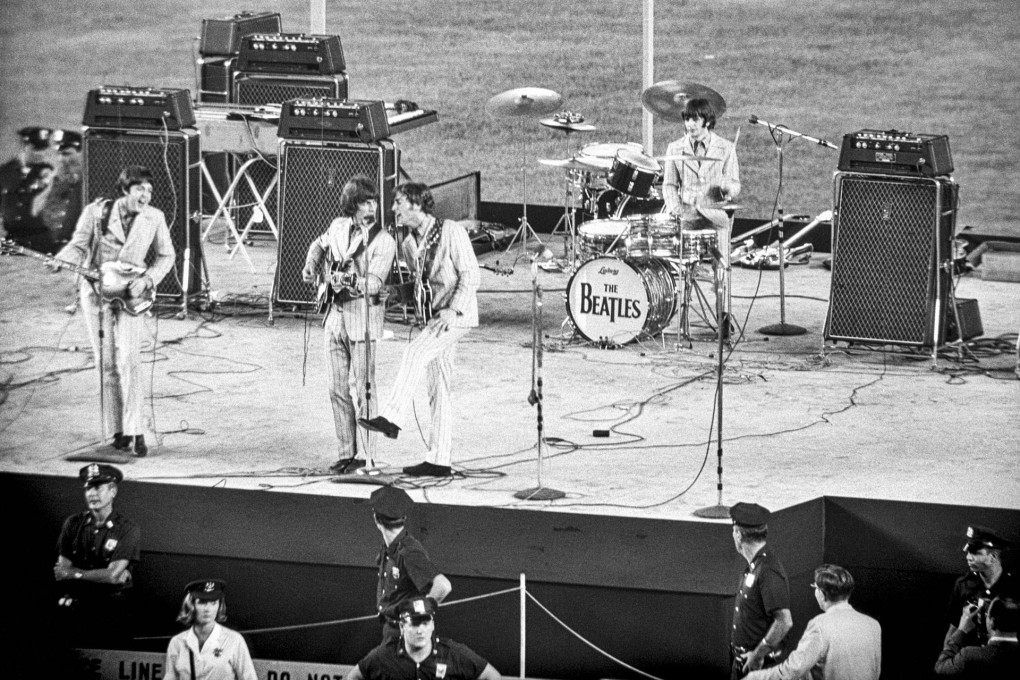Fifty years ago this week, The Beatles created stadium rock
The August 15, 1965 show by The Beatles at New York's Shea Stadium was a seminal moment in the history of rock music, writes Michael K. Bohn

On a hot and muggy night 50 years ago this week, four mop-haired young men walked across the top of New York's Pan Am Building and boarded a waiting helicopter. A few minutes later, the aircraft carrying The Beatles - John Lennon, Paul McCartney, George Harrison and Ringo Starr - approached Shea Stadium in Flushing Meadows, Queens. There, 55,600 screaming fans, then the largest crowd in show business history, waited in a frenzy for their arrival.
The undisputed leaders of the British Invasion were about to launch their second sortie on American soil, one year after their debut tour. The Shea Stadium concert was the first stop in an 18-day, 11-city tour that showcased The Beatles in front of a total of 300,000 fans. The Shea concert generated the biggest crowd and biggest hype during the trip, and the event helped cement The Beatles as music's most influential rock 'n' roll band.
Moreover, the tour itself became important in other ways. First, it reflected The Beatles at the apex of their career. In his 2006 memoir, , Beatles press agent Tony Barrow wrote of the significance of the 1965 concerts. "This was the group's brightly shining summer solstice, after which all the Beatles' days would insidiously grow a little darker."
Second, Beatles biographer Bob Spitz described the impact of the 1965 tour as "a giant step toward reshaping the concert business. For promoters everywhere, the Shea Stadium concert was a major breakthrough. It freed them from the constraints imposed by a gym or cinema, thus turning a pop performance into an event."Shea was a circular baseball park, with an opening between the foul lines in the outfield, and people completely packed its four tiers of seats. Security staff confined the hysterical fans, predominantly teenage girls, to the grandstands to protect The Beatles. Promoter Sid Bernstein had erected a stage at second base, and police roamed both infield and outfield.

When the Beatles moved to the third-base dugout, the crowd noticed the commotion and unleashed a hurricane of noise. The Fab Four were "gobsmacked" at the sight of the crowd, as Barrow later recalled. George, in , described his reaction: "It was terrifying at first, but I don't think I have ever felt so exhilarated in all my life." As the four emerged from the dugout, with George, John and Paul carrying their guitars, they looked up in awe at row upon row of screaming young people. "Their immature lungs produced a sound so staggering," wrote ' Murray Schumach from the press box, "so massive, so shrill and sustained that it quickly crossed the line from enthusiasm into hysteria and was soon in the area of the classic Greek meaning of the word pandemonium - the region of all demons."
